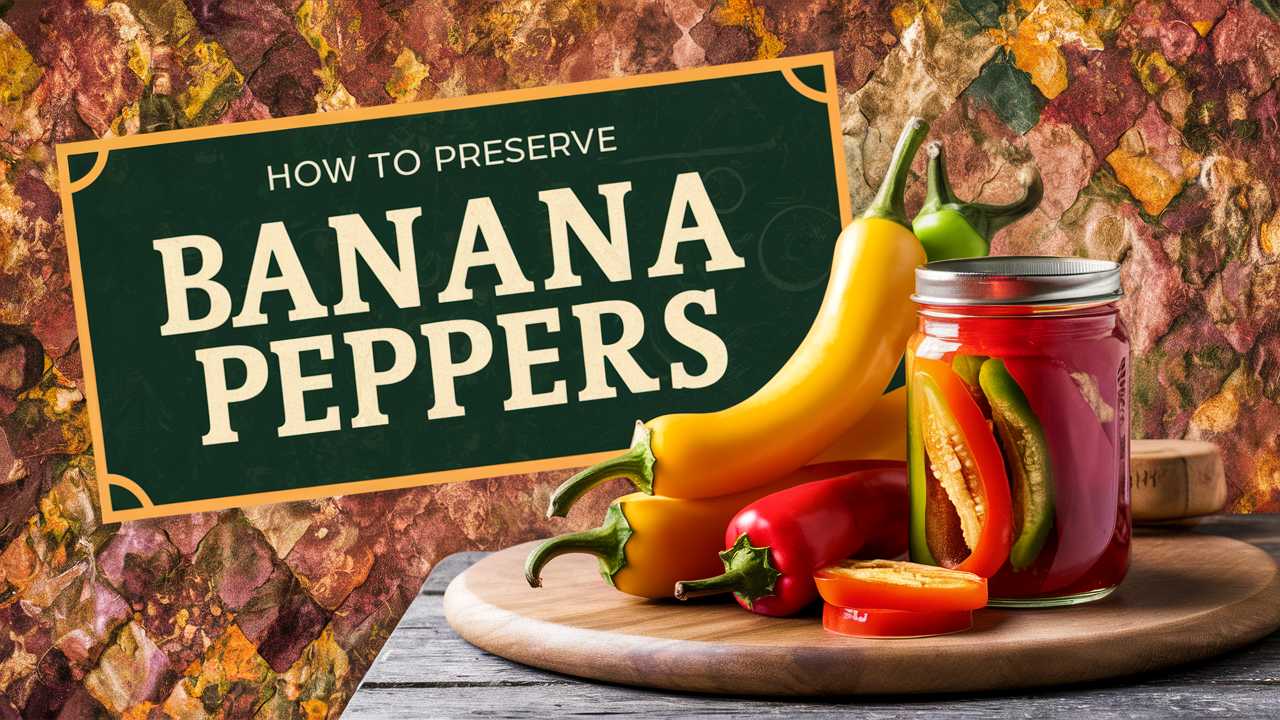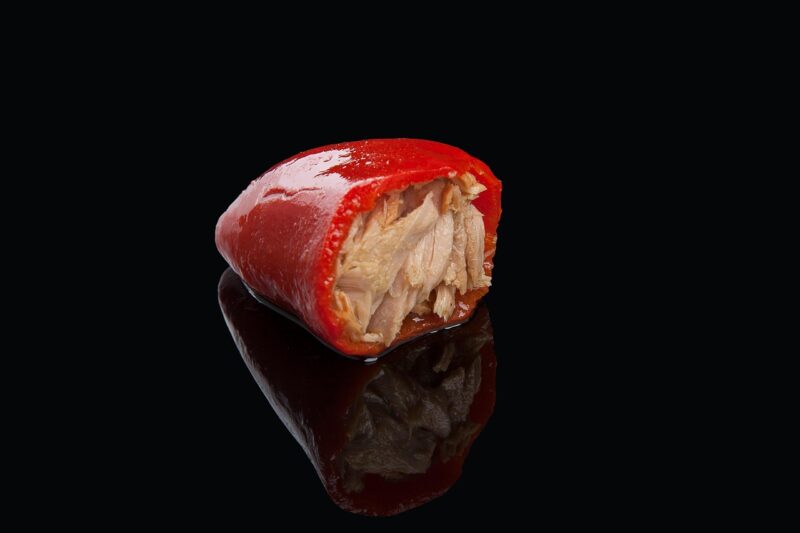Banana peppers are a delightful addition to many dishes, with their vibrant color and mild heat. While fresh banana peppers can elevate a salad, sandwich, or pizza, preserving them allows you to enjoy their bright flavors long after the harvest has ended.
Whether you have a bountiful garden or simply like to explore different culinary methods, this guide will take you through everything you need to know about preserving banana peppers, ensuring your culinary adventures continue throughout the year.
Harvesting Banana Peppers
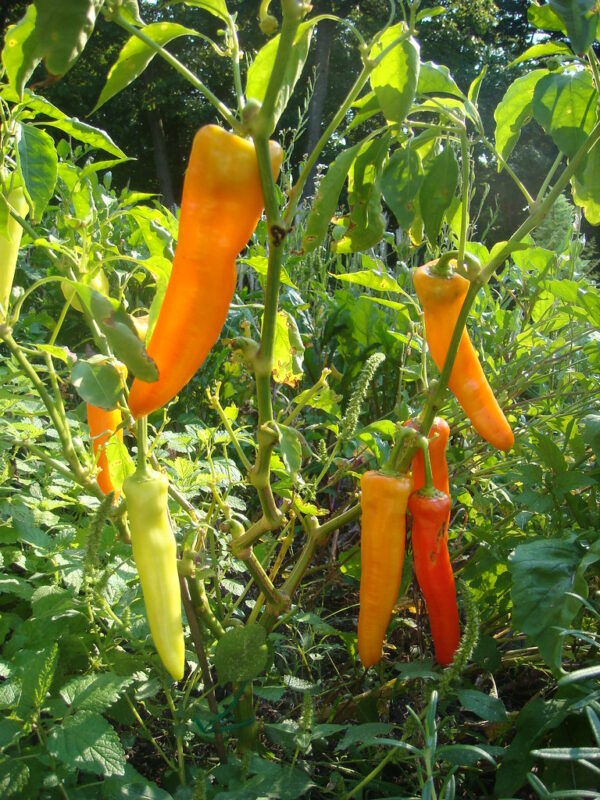
The journey of preserving banana peppers begins with the harvest. Timing is essential; you want to pick them when they are at their peak ripeness but still firm. This usually occurs when the peppers are around six to eight inches long and have a vivid yellow to light green hue.
Harvesting can be a rewarding experience, especially during the late summer months when your garden is bursting with produce. Gently twist the pepper off the stem or use scissors to avoid damaging the plant, ensuring a continued supply of peppers.
The Importance of Freshness
The freshness of your peppers directly affects the quality of your preservation methods. Ideally, you should preserve them within a day or two of harvesting. If they seem a bit tired after several days, reconsider your methods. You might still enjoy them fresh in salads or as snacks. Tired-looking peppers can still be pickled or dried, but they might not yield the best flavor.
Cleanliness and Preparation
Once you have your fresh banana peppers, it’s crucial to wash them thoroughly under running water to remove any dirt or pesticide residues. This step ensures a clean preserve that won’t harbor unwanted microorganisms. After washing, it’s wise to cut off the tops, also known as the stems, and slice the peppers. You can choose to leave them whole, cut them into rings, or even dice them, depending on your intended use in the future.
Methods of Preservation
Now, let’s explore the primary methods of preservation tailored for banana peppers: pickling, freezing, and drying. Each method offers unique advantages and uses.
Pickling Banana Peppers
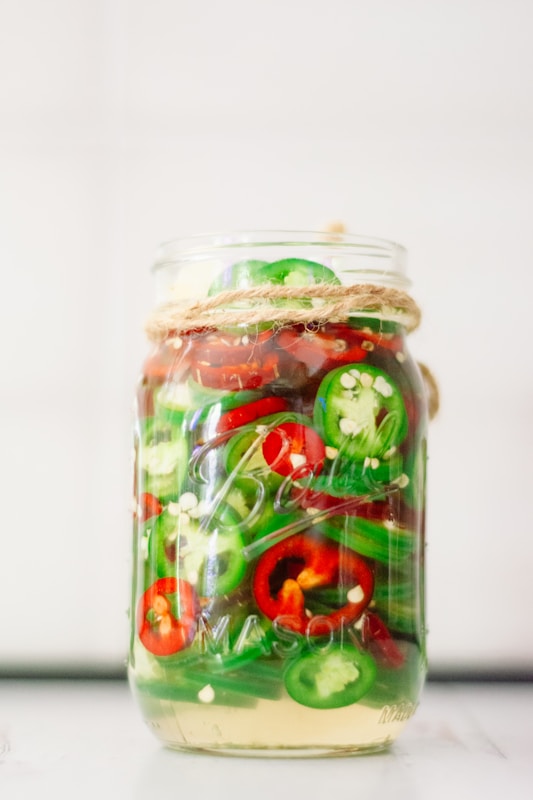
Pickling is one of the most common methods for preserving banana peppers. This process not only enhances their flavor but also adds tanginess and zest to your dishes.
The Basics of Pickling
Pickling involves immersing the peppers in a vinegar solution, which can also include spices and sugar to enhance flavor. The acidity of the vinegar helps preserve the peppers and gives them a unique tang.
Ingredients for a Basic Pickling Solution:
4 cups distilled white vinegar
2 cups water
1/4 cup sugar (optional)
2 tablespoons salt
Spices (such as garlic, dill, or mustard seeds)
Steps for Pickling
Prepare the Jars: Start by sterilizing your glass jars and lids in boiling water to prevent contaminants.
Prepare the Peppers: As mentioned earlier, clean and cut the peppers to your desired size.
Make the Pickling Solution: Combine the vinegar, water, sugar, and salt in a pot. Bring it to a boil, stirring until the sugar and salt dissolve.
Pack the Jars: Fill the sterilized jars with banana peppers, leaving about half-inch of headspace.
Pour the Solution: Carefully pour the hot pickling solution over the peppers, ensuring they are completely covered. Use a spoon to remove any air bubbles.
Seal and Process: Wipe the rims of the jars with a clean cloth to ensure a good seal. Place the lids on tightly and process the jars in a boiling water bath for about 10-15 minutes.
Storing Pickled Peppers
After pickling, let the jars cool to room temperature before storing them in a cool, dark place. The pickled peppers will be ready to enjoy within a few weeks, but allowing them to sit for several months enhances their flavor.
Creative Variations
Feel free to experiment with flavors by adding herbs like thyme or flavors like lemon zest to the pickling solution. You can also try using different vinegars, such as apple cider or red wine vinegar, to create distinct tastes.
Freezing Banana Peppers

Freezing is another straightforward way to preserve banana peppers, especially when you want to retain their fresh flavor and crisp texture.
Preparation for Freezing
Clean and Cut the Peppers: Start with freshly washed and cut banana peppers, just like before.
Blanching: This step is optional but highly recommended. Blanching involves briefly boiling the peppers and then plunging them into ice water to stop the cooking process. Blanching not only preserves color and texture but also diminishes any bitterness.
Drying: Once blanched and cooled, pat the peppers dry to remove excess moisture, which can cause freezer burn.
Packing for Freezing: Pack the peppers into airtight freezer bags, removing as much air as possible, or store them in airtight containers. Label and date your bags for easy identification later.
Using Frozen Banana Peppers
Frozen banana peppers can last for several months in the freezer. They can easily be added to soups, stews, or casseroles straight from the freezer, allowing you to enjoy their delicate flavor long after the growing season.
Drying Banana Peppers
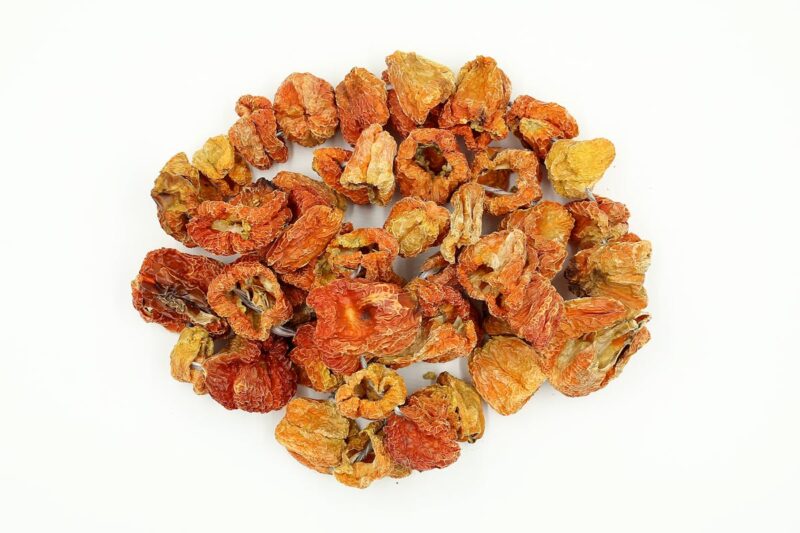
Drying is an age-old technique that allows you to enjoy banana peppers in a concentrated form. This method reduces their moisture content, significantly extending their shelf life.
Steps for Drying
Wash and Cut: Wash your peppers and slice them into rings or halves.
Choice of Drying Method: You can use various methods for drying:
Dehydrator: Place the sliced peppers in a single layer on the dehydrator trays. Follow the manufacturer’s instructions, typically drying them at 125°F (52°C) for 6-8 hours.
Oven: Spread the peppers out on a baking sheet and dry them in the oven on a low setting (around 150°F or 65°C) with the door propped open.
Air Drying: In low-humidity climates, you can tie the peppers together and hang them in a well-ventilated area.
Check for Doneness: The peppers should be dry and brittle to the touch. Store them in airtight containers away from light and heat.
Using Dried Banana Peppers
Dried banana peppers can be rehydrated by soaking them in water or broth for about 30 minutes before using them in recipes. They make a fantastic addition to chili, sauces, and any dish that could benefit from a touch of sweet heat.
Creative Uses for Preserved Banana Peppers
Once you’ve preserved your banana peppers, the culinary world is your oyster. Here are some unique and creative ways to incorporate your preserved peppers into your meals.
Flavorful Salsa
Incorporate your pickled banana peppers into a fresh salsa for a unique twist. Combine diced tomatoes, onion, garlic, cilantro, and chopped pickled banana peppers for a zesty accompaniment to chips or grilled meats.
Spicy Relish
Chop your preserved banana peppers and mix them with onions, vinegar, and cilantro to create a spicy relish. This can elevate hot dogs, burgers, or grilled fish, bringing a punch of flavor to ordinary dishes.
Stuffed Peppers
If you’ve frozen your banana peppers, stuff them with a mixture of cream cheese, herbs, and spices for a delightful appetizer. Baked or served fresh, they make for an elegant dish sure to impress your guests.
Homemade Pizza Topping
Use your pickled banana peppers as a topping for homemade pizza. Their tangy flavor pairs well with cheese and tomato sauce, adding a delightful crunch that elevates every bite.
Pasta and Salads
Chop your preserved banana peppers into salads, or toss them into pasta for a burst of color and flavor. Their mild heat complements a variety of dressings, making them a versatile ingredient.
Benefits of Preserving Banana Peppers
In preserving banana peppers, you not only save money but also ensure you have access to garden-fresh flavors year-round. The preservation process empowers you to control what goes into your food, making it free from artificial preservatives and additives.
Nutrition and Flavor
Banana peppers are low in calories and provide essential vitamins such as vitamin C and vitamin A. By preserving them, you retain many of their nutritional benefits while enhancing their flavor profile. The pickling process, in particular, can add probiotics if made with fermentation techniques, further boosting their health benefits.
Environmental Impact
By preserving your home-grown produce, you can significantly reduce food waste. Every pepper you save means less waste and a smaller carbon footprint. Moreover, using sustainable practices in your preservation process emphasizes the importance of taking care of our environment.
Tips and Tricks for Successful Preservation
While preserving banana peppers, several tips can help you achieve the best results possible:
Quality Ingredients: Always use fresh, unblemished peppers. Quality in means quality out.
Experiment with Flavors: Don’t be afraid to try various spices, herbs, and vinegars in your preservation process to discover unique and delicious combinations.
Label Your Preserves: Include dates and other essential information on your jars and bags. Knowing when you made your preserves can help you keep track of freshness.
Safety First: When canning, always follow safety guidelines to ensure proper sealing and avoid the risk of foodborne illnesses.
Storage Conditions: Store your preserved items in a cool, dark place, such as a pantry or basement, to maintain freshness and flavor.
Conclusion: Preserving Memories with Banana Peppers
Banana peppers symbolize summer’s bounty, offering a taste of warmth and sunshine even in the coldest months. By understanding the various preservation methods, you empower yourself to keep those vibrant flavors alive.


